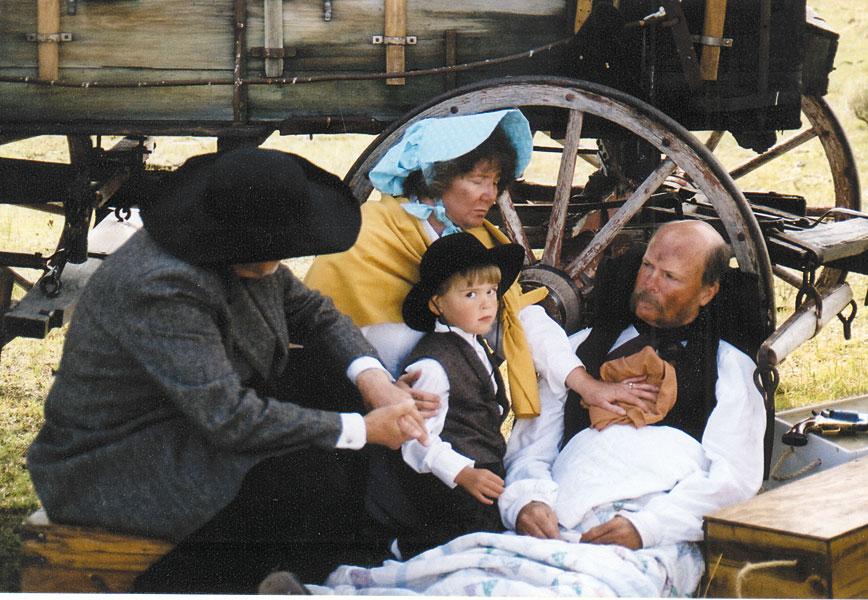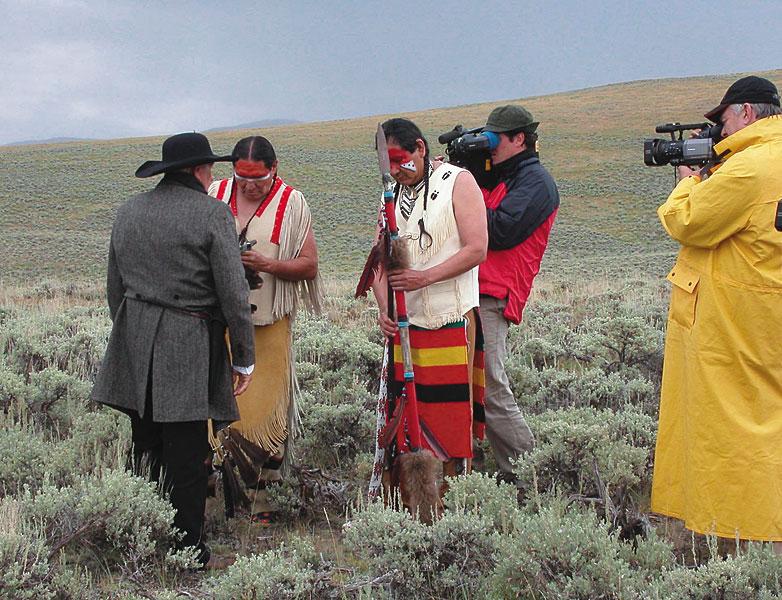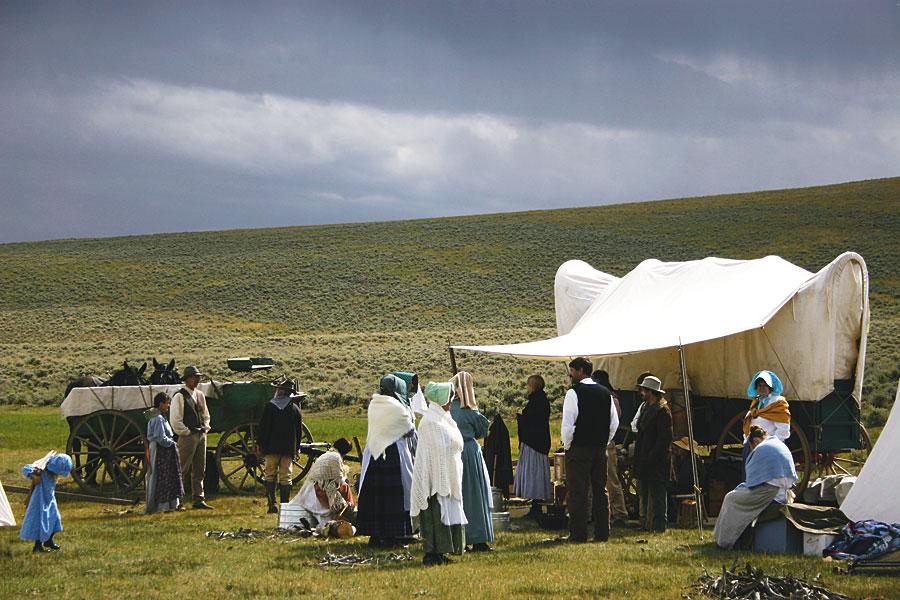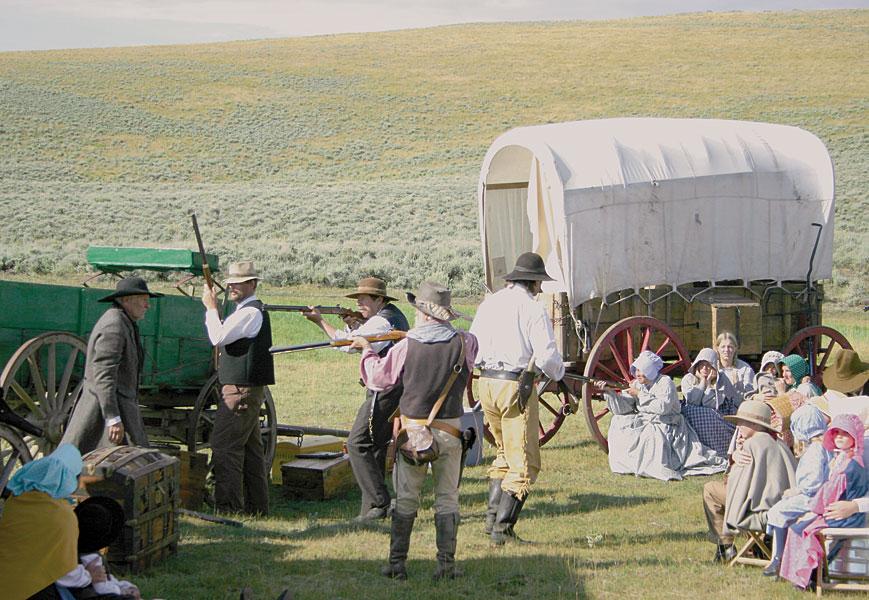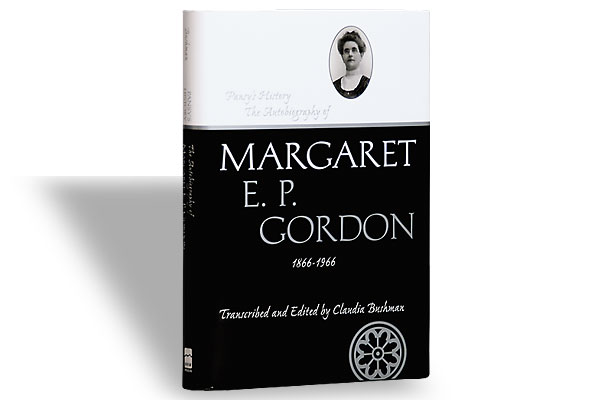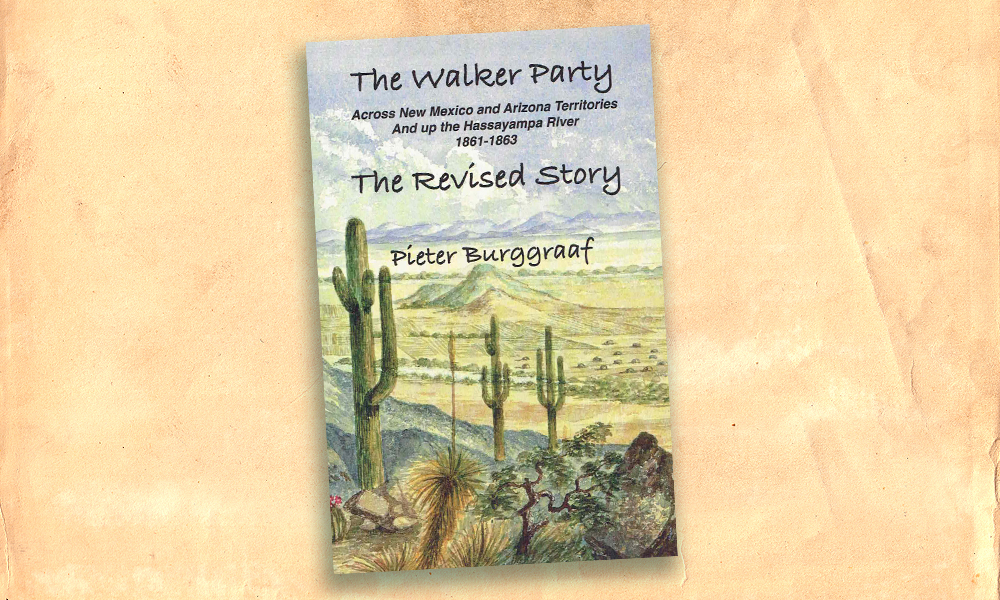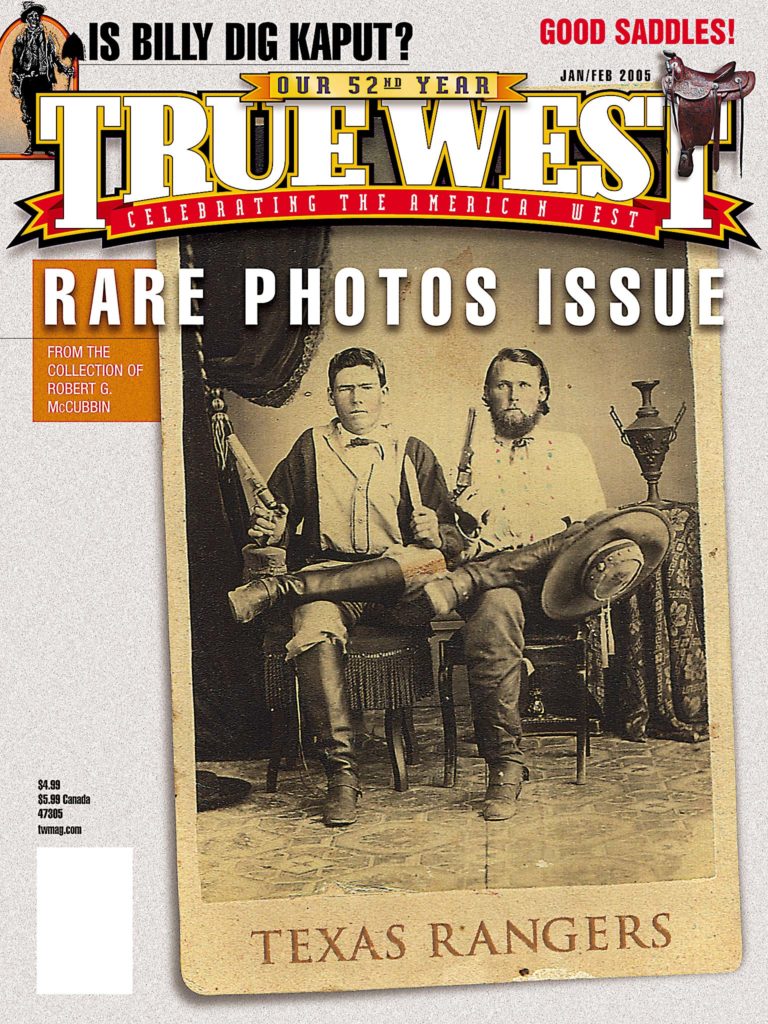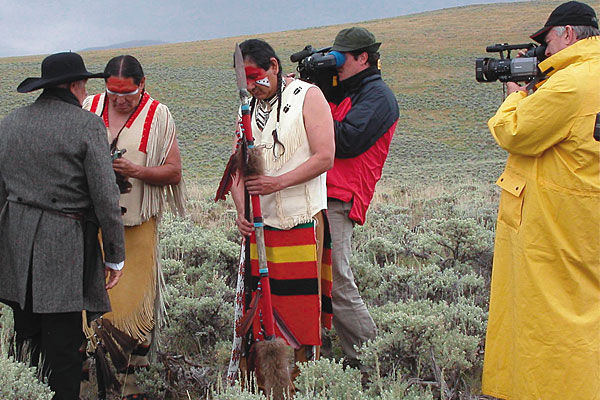 A few years before the Civil War, one of the most violent episodes in Western American trail history played out on a mountain meadow in Southern Utah.
A few years before the Civil War, one of the most violent episodes in Western American trail history played out on a mountain meadow in Southern Utah.
Last August, an isolated, sagebrush-covered landscape on the A Bar A Ranch near Encampment, Wyoming, became the setting for a segment about that massacre for the History Channel’s Investigating History series, produced by Bill Kurtis Productions of Chicago. The show is expected to air on the History Channel December 15.
In September 1857, the Alexander Fancher emigrant wagon train, en route to California from Arkansas with 16 wagons, 100 oxen and 900 head of cattle, was attacked in Southern Utah by Paiutes organized by Mormons. After a five-day siege, the Mormon Militia persuaded the emigrant party to surrender on September 11. Then the militia and their allies killed all members of the party with the exception of 17 children under the age of six, who were first adopted into Mormon families and later returned to Arkansas.
This is a dark story in American Western history and one of the most violent incidents ever to occur on the overland route to California. Yet, it is also a story that is little known.
“My perspective on the Mountain Meadows Massacre and the reason I pitched it, and this is not the first time I’ve pitched this idea, is that it’s an unknown story,” said Paul Andrew Hutton, University of New Mexico history professor and the writer and coproducer of the documentary. “Clearly, even in Western communities, this is not an event that is well-known. As a Western historian, that has always stunned me—that an event of this magnitude could be so lost to history.”
“9•11 is what made it possible for us to do Mountain Meadows today,” Hutton added. “This idea of religious fanaticism and how people could commit such a heinous act is now very relevant.”
The victims of Mountain Meadows were left unburied at the site until 1859 when U.S. Army dragoons gathered remains, scraps of clothing, even locks of hair, and entombed them under a pile of rocks before placing a cross above the mass grave site. That cross was later torn down by Mormon Church President Brigham Young, and nothing stood at the scene to commemorate the events for more than a century.
In 1999, when a new monument was being installed at the site, bodies were inadvertently unearthed and were studied for a brief time by forensic scientists, providing irrefutable proof of how some of the 120 individuals had died—many by gunshots and others by blows to the head. At that time, Gordon Hinckley, president of the Church of Jesus Christ of Latter-day Saints, acknowledged the Mormon actions of 1857, said Historian Will Bagley, author of Blood of the Prophets: Brigham Young and the Mountain Meadows Massacre.
The History Channel’s documentary will include a discussion of the events with forensic scientists, historians and officials from the Mormon church.
Hutton serves with Jamie Schenk as a coproducer on the show. Bill Kurtis, owner of Kurtis Productions, was on hand during filming as executive producer and host of the show; he also ran a camera for the production. Bagley served as an historical consultant.
After the first few minutes of filming, Kurtis, a former CBS News employee and host of three television series including Investigating History, told the re-enactors that his style of film production differs from that of many documentary filmmakers. His company uses news techniques in its productions and films with four cameras. “You can expect that there is a camera on you at all times,” Kurtis told members of the emigrant party, while instructing them to “get in the period” of 1857 and stay there during the two full days of filming.
Throughout the filming, the reality of the story sunk in for most re-enactors. Many said it was not hard to portray people who were frightened, upset, even crying. The men involved in the attack on the women and older children became “quite emotional,” said Darrell LoneBear, who was among those actors.
Support for the filming came from the Wyoming Division of Tourism. Some fees paid by Kurtis Productions were donated to the local high school, medical clinic and museum.
Hutton has worked with Kurtis on previously-aired Investigating History documentaries related to Wyatt Earp, Billy the Kid and Butch Cassidy and the Sundance Kid. They are now working on a show about Crazy Horse, slated to air in early 2005.
True West contributing editor Candy Moulton served as location manager for the film shoot and “died” several times during the massacre re-enactment.
Photo Gallery
– By Candy Moulton –
– By Candy Moulton –
Fancher wagon train re-enactors discuss their options as they are surrounded by the Mormon militia during their portrayal of the 1857 Mountain Meadows Massacre. This scene is part of an Investigating History segment about the massacre, tentatively scheduled to air on the History Channel on December 15, 2005.
– By Ryan Conway / Wyoming Travel & Tourism –
– By Ryan Conway / Wyoming Travel & Tourism –


